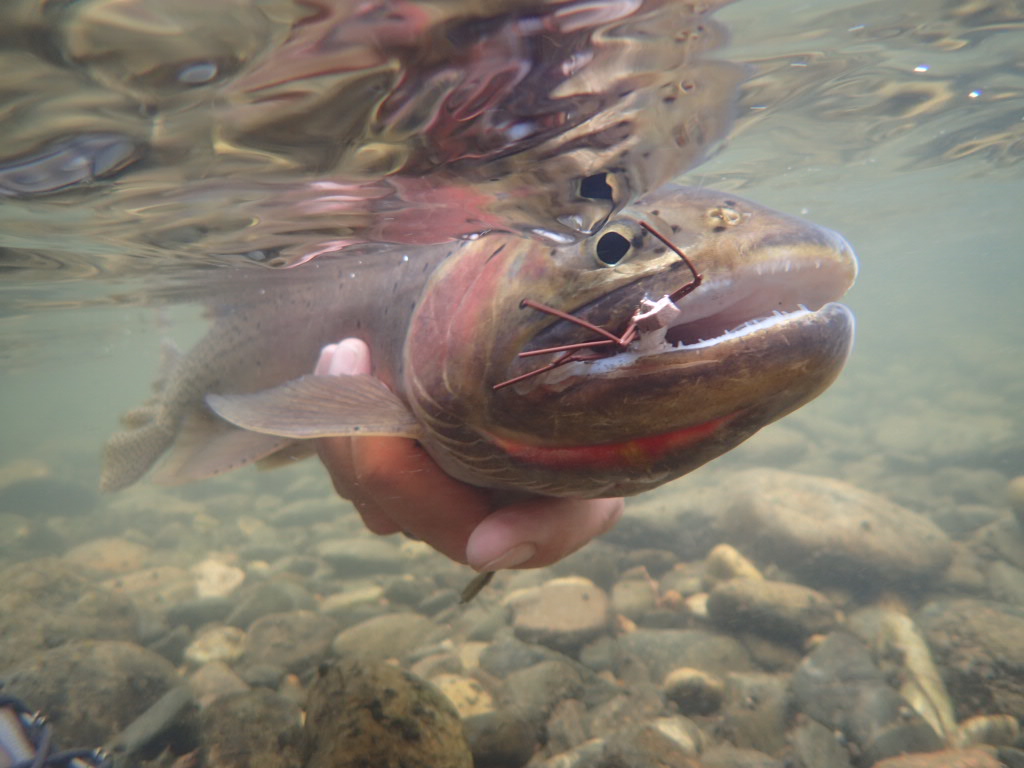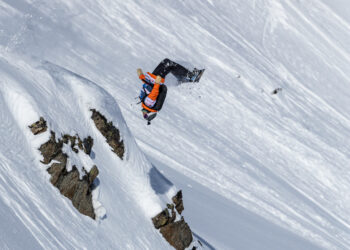By Patrick Straub EBS FISHING COLUMNIST
In the days before the internet and social media, anglers had to contact or visit a local fly shop to learn what was “hatching” on a local river. Via a smart phone, present day anglers have a wealth of information accessible anytime. As more, if not all, fly shops and outfitters embrace social media, a quick scroll through Instagram tells the story of what is hatching at any given time.
However, it can get overwhelming trying to muddle through the various hatches when all you want to do is go fishing and catch a few fish. Having a basic understanding of insect activity is important to bringing more fish to hand. With an emphasis on basic, here’s some help to understand what it means to match the hatch.
How a hatch begins
Trout streams, whether in Montana or Argentina, all have aquatic insects. These aquatic insects make-up the majority of a fish’s diet. When certain conditions occur—such as fluctuations in water temperature or clarity or more or less sunlight protruding into the water—many of these insects undergo substantial change, often as part of the process to find another insect in hopes of meeting and mating, thus reproducing. This process—aquatic insects moving, migrating, or morphing—all can constitute a hatch.
A bug’s life
Keeping things basic, aquatic insects typically have four life stages. First on the journey of life is the nymph or larvae stage. Insects spend most of their existence in this stage. Nymphs and larvae live in the subsurface, clinging or crawling on rocks and submerged logs, banks, or other structure. When water temperatures rise or fall, nymphs and larvae change, emerging into the second stage—the emerging stage.
This process can take a few minutes or a few days, depending on the species. For example, many caddis and mayflies emerge from nymph to adult in a matter of hours, while many stoneflies take several days. In this stage the bugs transform from subsurface insects to flying or land-based, which creates the third stage, adulthood.
Adult insects flying in the air or crawling on banks or willows is a legit “hatch.” During this adult stage, insects strive to find a mate. If successful, eggs will be laid back into the water and shortly after the adults will die, closing the lifecycle loop at the fourth stage, spinners. Dead insects on the water are called “spent” or “spinners.” These lifeless, floating insects can be easy pickings for hungry trout.
Where to expect hatches on your favorite river
A general knowledge of where in a river insects’ may hatch is crucial to catch more fish during a hatch. Many mayfly and caddis species live in shallow riffles. Because these insects hatch in fast moving, shallow riffles, trout must choose quickly whether or not to eat a floating adult—which means anglers often can fish to hungry and opportunistic trout. Salmon and stoneflies hatch after nymphs have crawled on subsurface structure to get close to an exposed bank, emerge from shucks, and hatch into clinging and crawling adults. Fishing a salmon or stonefly hatch requires anglers to fish flies near banks or slightly protruding structures.
There are plenty of exciting local hatches still to come
Shortly after snowmelt runoff, the salmon and stoneflies hatch on the Gallatin, Madison, and Yellowstone Rivers. Because snowmelt runoff has ceased, anglers now focus on smaller insects, such as mayflies and caddis. The Gallatin is known for hatches of caddis in the evenings and PMDs during the day. Throughout the summer months, the Madison River will also see hatches of PMDs and caddis. The Yellowstone River is the last to clear after snowmelt runoff, so anglers may still find some lingering larger stoneflies, but caddis and smaller stoneflies, such as the Yellow Sally stonefly, will remain on the menu.
For many of us, few things in fly fishing match the thrill of seeing a fish rush to the surface to engulf a well-presented dry fly. Some of us enjoy the patience it takes to painstakingly work to get the perfect presentation to a finicky feeder along a bank and eventually have the fish effortlessly sip-in our dry fly. Matching a hatch is both a skill and reward of our great sport but one every angler should embrace.
Patrick Straub is a veteran guide and outfitter and has fished the world over. He is the author of six books, including “Everything You Always Wanted to Know About Fly Fishing” and has been writing the Eddy Line for eight years. He’s owned a fly shop and was one of the largest outfitters in Montana, but these days he now only guides anglers who value quality over quantity. If you want to fish with him, visit his website, https://www.dryflymontana.com/.













